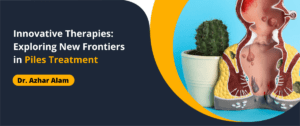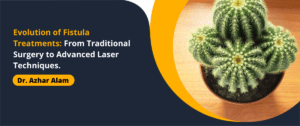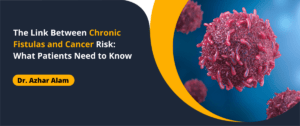
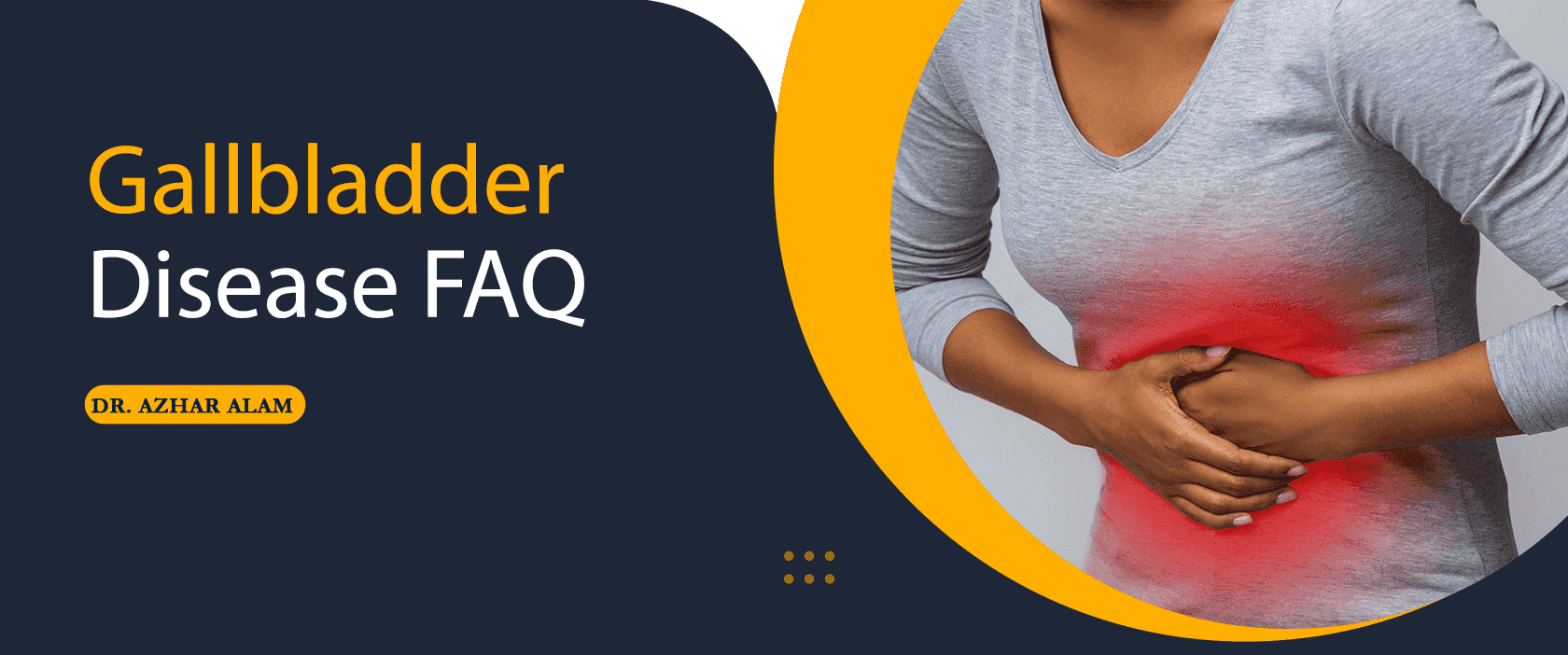
Gallbladder Disease FAQ
Gallbladder diseases symptoms are similar to those of other medical conditions, making it essential to undergo the appropriate testing and screening test(s) to diagnose and treatment.
What are the signs of gallbladder diseases?
Here are a few symptoms which are often linked to gallbladder disease:
- Pain, especially after eating fatty or high-fat foods. The most common location for this pain is the upper right to mid-right region of your abdomen. It can extend to the back between your shoulder blades. It could be light and intermittent however it can also be extremely severe and frequently occurring.
- GI issues: Nausea, gas discomfort and gas pains, bloating (belching) and vomiting. These symptoms typically occur following a meal that is high in fats and can be associated with discomfort. Another frequent GI problem that is linked to gallbladder problems is heartburn-related symptoms that don’t respond to anti-inflammatory drugs.
- Strange stools or urine Darker stools and lighter urine could be signs that a gallstone has blocked the bile duct which is common.
- Jaundice: A skin colour that is yellow could be an indication that a gallstone has blocked the common bile duct.
- Pancreatitis: A history of pancreatitis could be a sign of gallbladder disease.
What's the procedure to remove gallbladders?
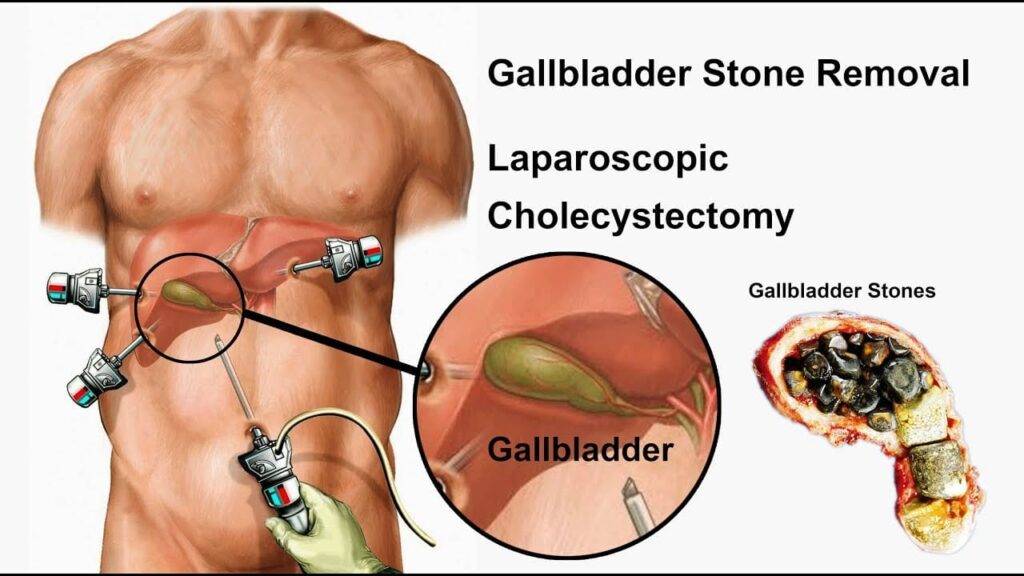
Gallbladder surgery is the only method to eliminate gallstones completely and eliminate the symptoms that are associated with gallbladder dysfunction. This kind of procedure is known as laparoscopic cholecystectomy. It’s among the most frequent outpatient surgeries that general surgeons do.
Laparoscopic Cholecystectomy is done under general anaesthesia. This means there is no sensation. The procedure involves three to four tiny incisions that are less than a half-inch in length. A local anaesthetic (numbing medication) will be injected into the incision area. Cameras are inserted via one of the incisions. Other incisions are made to insert instruments that surgeons use to get rid of the gallbladder instead of making an extensive incision which was common previously. These stitches are hidden under the skin, and the wounds will be covered by an ointment or bandage in the event of anything.
What are the dangers associated with not removing my gallbladder with a disease?
Pancreatitis or jaundice with the passage of stones into the common bile duct Gallstones may move through the gallbladder and into the common bile duct which is a tiny tube that transports bile from the gallbladder to the small intestinal. Gallstones usually go through without any issues. However, in rare cases, the gallstone may block the bile duct, and cause severe pain and possibly a life-threatening liver infection and the surrounding tissues.
Acute cholecystitis occurs when gallstones interfere with the flow of normal bile from the gallbladder, causing the gallbladder to get inflamed. It’s usually followed by intense pain, and usually causes hospitalization as well as surgical removal of the gallbladder.
What do I do if suspect that I have gallbladder disease?
It is recommended to first speak with your primary care physician about the symptoms you’re experiencing. The symptoms of gallbladder disease can be like other medical conditions, which is why it is essential to undergo the right screening test(s) to determine the diagnosis and therapy. After asking about your symptoms, conducting an exam of your body and removing some possible reasons from the list of possible causes, your doctor will request imaging tests to examine your gallbladder.
Abdominal Ultrasound: Gallstones may be identified through an abdominal ultrasound
Gallbladder dysfunction can be detected by a test dubbed CCK – HIDA. CCK – HIDA measures the extent to which the gallbladder is releasing an amount of bile as a result of eating fat-rich foods.
In the event that the outcomes of the tests cause your Gallbladder doctor in Kolkata to believe that you have gallbladder diseases, you’ll be directed to a surgeon to discuss removal of your gallbladder.
What can I expect following surgery to remove the gallbladder?
This is different from patient to individual, but most patients resume desk work after a couple of days. Work that is more strenuous than involves the lifting a lot, might not be practical for the duration of a week or two. It isn’t common that patients to require prolonged absence from work.
The most painful thing you can expect to experience during the initial few days following surgery is pain radiating towards the right shoulder. It is likely that you will be provided with an injection of painkillers and will be able to discuss a pain management plan that involves standing up and walking frequently to help ease this discomfort.
You should be watching your diet closely during the first month following the gallbladder’s removal. Consume small portions, and gradually introduce fatty as well as high fibre food items to your food plan as you adjust your body. If you’re too quick to introduce fatty foods, you could feel stomach pain and diarrhoea. Rapidly introduction of high-fibre “gassy” foods can cause constipation, cramping and diarrhoea. Many people go back to a healthy diet without any issues within one month.
To Make an Appointment
For more information regarding Gallbladder Disease Treatment offered in Kolkata, please call Dr. Azhar Alam at +91 900 770 9736 to set up an appointment.
About Docor
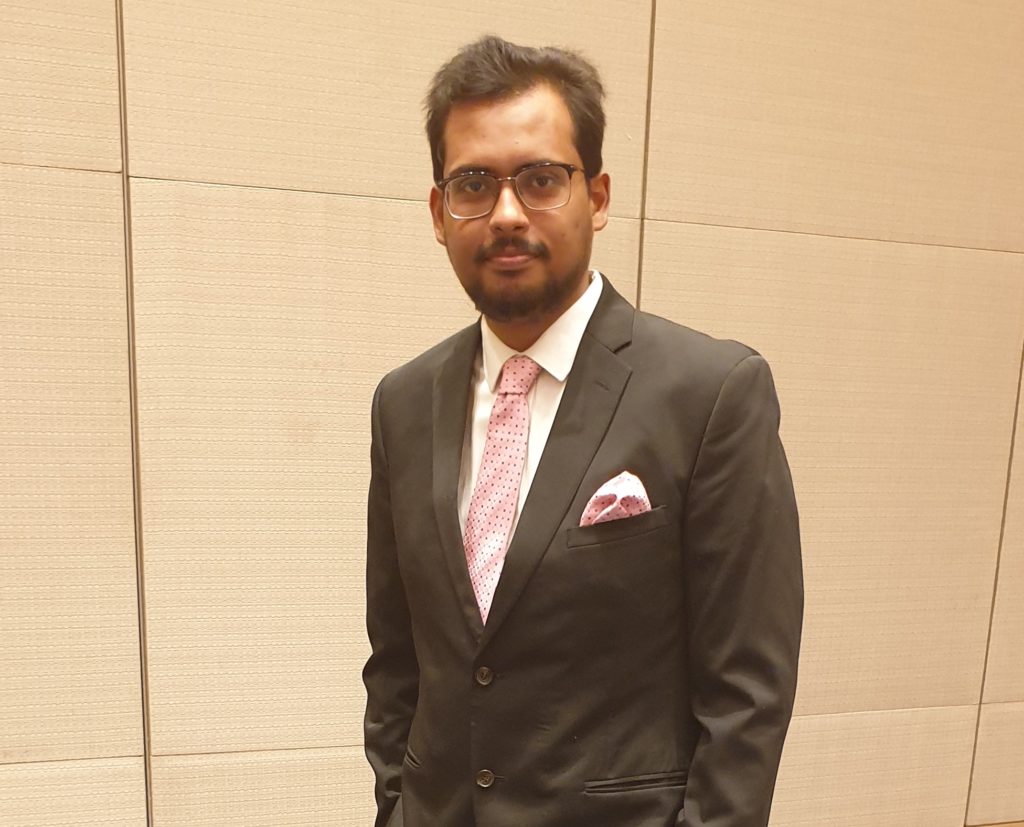
Dr. Azhar Alam
MBBS (Honours), MRCS A (UK),
DNB General Surgery
FIAGES (Gastro Intestinal Surgery)
FMAS (Minimal Access Surgery),
MNAMS (New Delhi)
Consultant Gastrointestinal, Advanced Laparoscopic and Laser Surgeon
Assistant Professor of Surgery, KPC Medical College and Hospital
